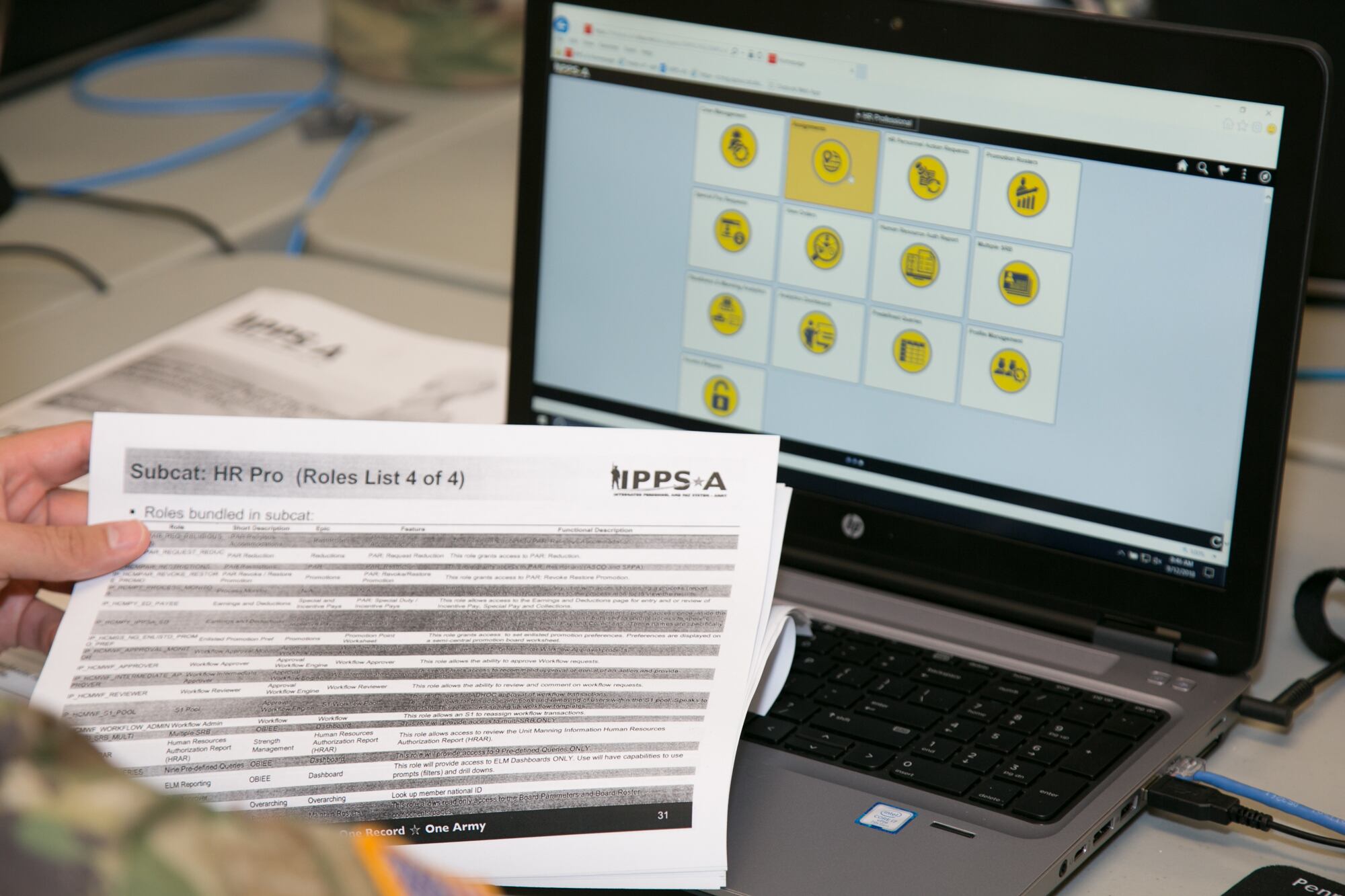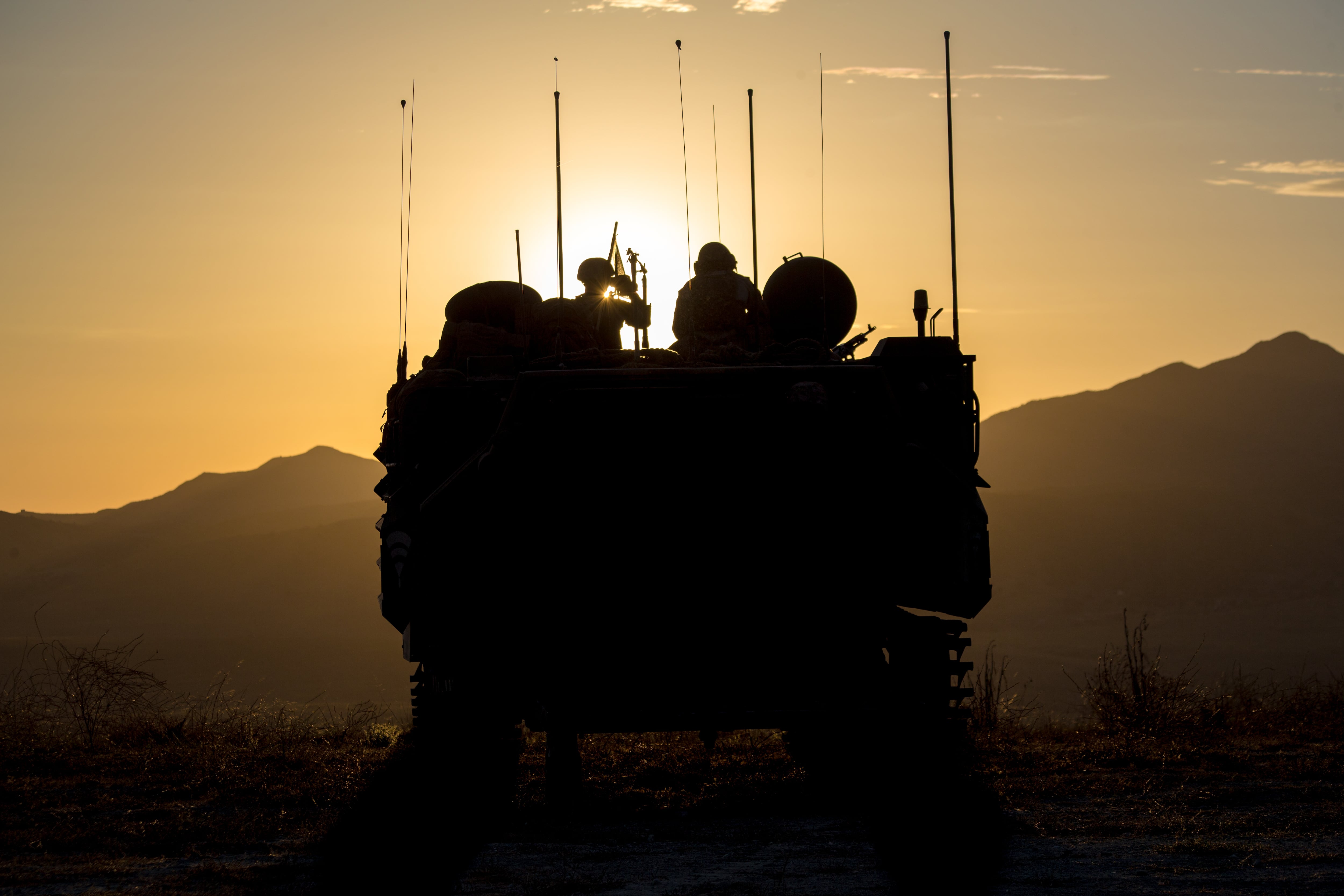Taiwan concluded its annual Han Kuang military exercise on July 18, the 41st iteration and the most extensive in recent years. A review of the missions rehearsed, the hardware involved and the scope of the exercise demonstrates Taipei’s important but insufficient progress toward building defense capabilities essential to convincing Beijing that it should not launch military aggression against the free people of Taiwan.
Taiwan has accelerated efforts to modernize its military in recent years. This year’s joint, multidomain exercise expanded in length from five to 10 days, ran continuously and introduced additional realistic scenarios such as countering gray-zone coercion and fighting in urban areas. It also featured several critical U.S.-produced systems, including the M1A2T Abrams main battle tank, High Mobility Artillery Rocket System (HIMARS), Patriot long-range air and missile defense system and man-portable Stinger surface-to-air missile.
While it has been alleged that delays in deliveries of these systems to Taiwan were the result of U.S. assistance to Ukraine, new systems have continued arriving in recent months, highlighting the progress made by the U.S. defense industrial base since 2022. In particular, Taiwan is now expected to receive more HIMARS, and on an accelerated timeline, than it did before the 2022 Russian invasion.
Still, the HIMARS participating in the exercise had arrived only around seven months earlier and began deployment just weeks prior. Similarly, the Abrams tanks reportedly arrived in December 2024. Several other important weapons systems, such as the Harpoon Coastal Defense System, have not been delivered in sufficient quantities. But as Washington works to improve its defense industrial base further, Taipei can take interim steps such as requesting advance training on U.S. systems that have yet to be fully delivered, as was done with maintenance training for the Abrams tank.
Beyond military training, Han Kuang 41 was also designed to help strengthen public awareness regarding a potential conflict. Urban warfare scenarios were added and extended across four days. Taiwan’s annual nationwide air raid drill was staged in conjunction with Han Kuang 41. Civilians were able to directly observe military activity, which included Apache helicopters conducting hot-pit refueling in public parks and Paladin howitzers maneuvering in residential areas. While these activities caused occasional damage to civilian property — such as a Patriot system damaging parked cars during maneuvers — they reflect Taiwan’s progress in making exercises less scripted. The limited public backlash also reflects a growing societal understanding of, and psychological resistance to, the threats Taiwan faces.
That accidental damage also underscored the difficulty of maneuvering in dense urban areas. For an invading force unfamiliar with local geography, the challenges would be significantly greater than those faced by defenders. If Taiwan’s forces are properly equipped and trained, they would hope to isolate and destroy Chinese forces that managed to make it ashore.
Han Kuang 41 demonstrated that Taiwan understands the importance of preparing to make any attempted landing extremely costly. That can help reinforce the deterrent message to Beijing. The exercise showcased domestically produced anti-ship missiles and naval mines, the use of which would greatly complicate China’s operational plans. Taipei hopes the exhibition of these capabilities and their use in complex exercises by the Taiwanese military makes clear that an invasion would encounter fierce, organized and sustained resistance.
Han Kuang 41 provides concrete evidence of Taiwan’s evolving defense strategy. Asymmetric warfare and a “porcupine strategy” have long been discussed, with some suggesting that Taipei has resisted their implementation. Yet the exercise shows increasing alignment with that strategic vision. The fielding of HIMARS, the effort to procure 100 Harpoon Coastal Defense Systems and plans to purchase tens of thousands of low-cost aerial drones reflect meaningful progress in sharpening the porcupine’s quills.
The use of the Android Team Awareness Kit (ATAK) in the exercise, which allows operators to rapidly share geospatial information and access other important data, indicates efforts to improve command and control, which is critical to winning modern conflicts. The question is whether those systems will function in the extreme conditions associated with a potential major military assault by Beijing.
The mobilization of 22,000 reserve personnel in full brigades was unprecedented in recent years and reflects efforts to improve Taiwan’s much-maligned reserve system. However, significantly more needs to be done to strengthen this important component of Taiwan’s defense, including more regular, rigorous and realistic training.
Finally, simultaneous events elsewhere in the Pacific underscored that Taiwan’s role in broader regional exercises remains limited. While Han Kuang 41 was underway, the Pentagon launched REFORPAC 25, a major Western Pacific exercise that included U.S. allies and partners. Given that Taiwan would likely have to operate alongside other militaries, building valuable relationships and interoperability with partner forces should be a top priority. Whether through direct participation or observer status, Taiwan should continue to seek a role in future regional exercises.
Han Kuang 41 showcased that Taiwan, strengthened by recent weapons deliveries, has made significant but insufficient progress in building a military and society capable of deterring a cross-strait invasion. Taiwan’s leadership can build on this success by continuing to increase defense spending, procuring key weapons and munitions focused on defeating an initial Chinese invasion, building cyber resilience, expanding the complexity of military exercises, reforming the military reserve system and seeking participation in regional military exercises. That’s a big list, and there is no time to waste.
Fanny Chao is an intern at the Foundation for Defense of Democracies’ Center on Military and Political Power, where Ryan Brobst is the deputy director.





